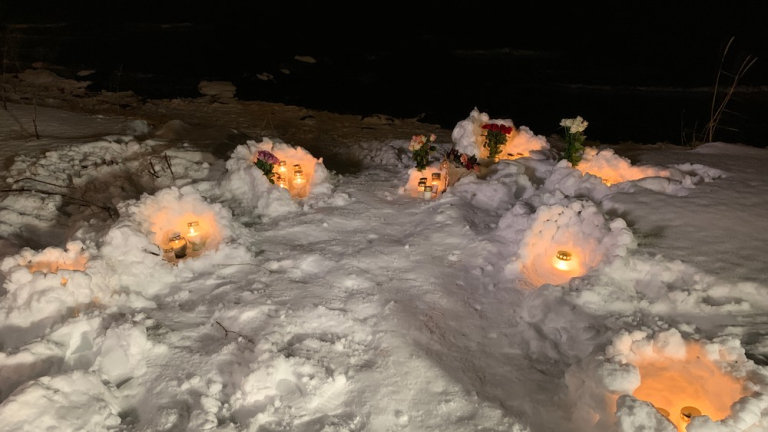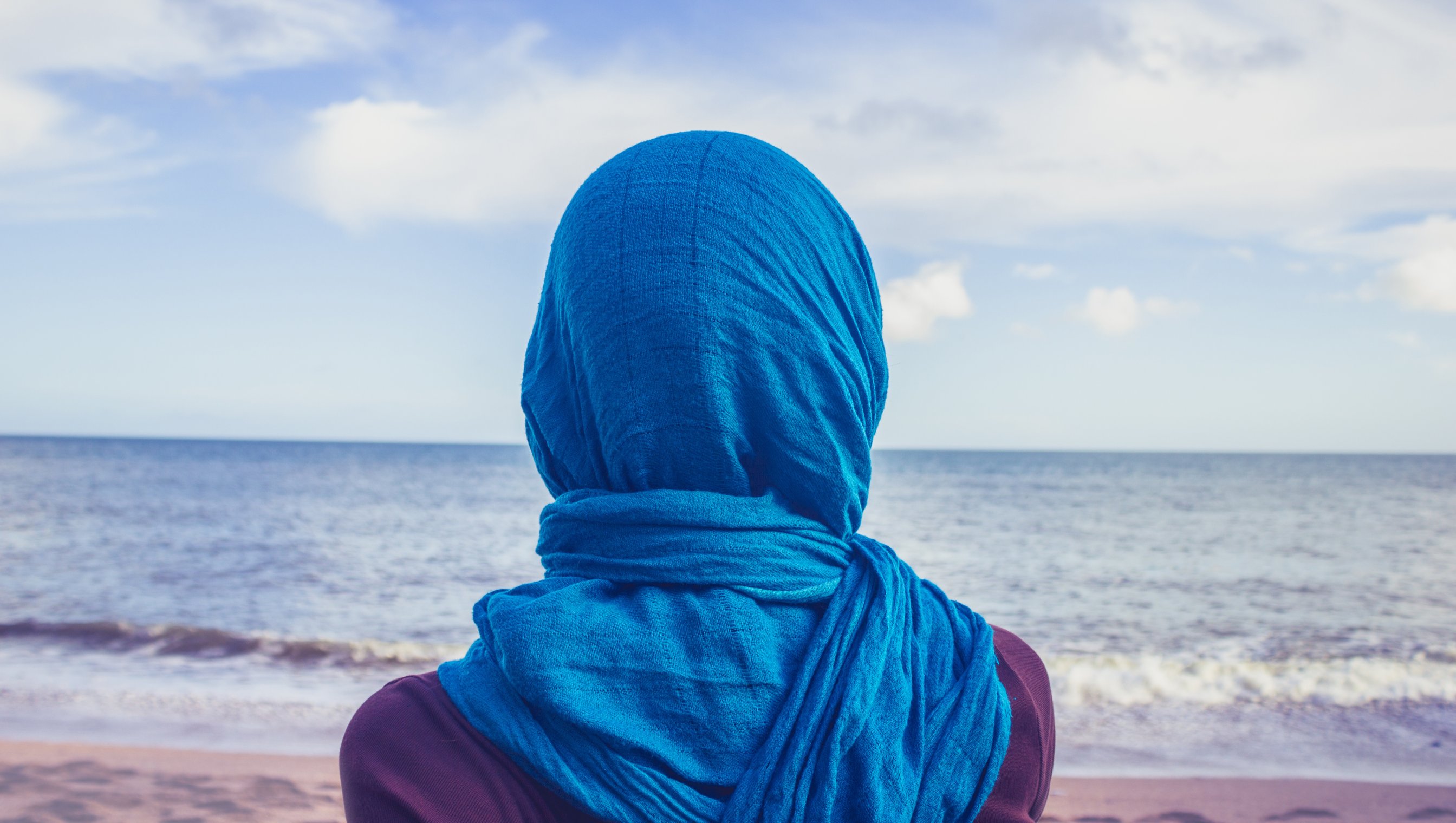Adam arrived in Norway as a refugee from South Sudan in 2015 and the family was reunited in Tromsø in 2017. He explained that he and Sarah lived in the village where they had both grown up. Their first daughter was born in 2012. Adam supported the family through an office job.
Adam needed protection in Norway. He first arrived at a reception centre for asylum seekers in Alta, where he lived for a year and a half before his residence permit was granted in 2017. He moved to the Municipality of Tromsø, where he joined the introduction programme and started the adult learning programme. He found a job after eight months and left the school. He explains that he would have preferred to study during the day and work in the evenings.
Sarah
Sarah was 23 years old and pregnant with their second child when Adam fled. She was brought home to her parents-in-law. She gave birth to a daughter two months later. The head of the village believed that her staying there posed a risk to the safety of the residents. She was therefore sent to a refugee camp together with the baby. The oldest daughter, who was three at the time, stayed in the village, where her grandmother looked after her.
Sarah applied for family reunification in Norway in 2016 and, after a year, the application was granted. In the autumn of 2017, she and her daughters, who were two and five years old at the time, were reunited with Adam in Tromsø. They moved into Adam’s bedsit. After a month, he found a new place to live that was more suitable for the needs of the family.
Adam explains that Sarah was a kind woman and that he never found that there was anything unusual about her after they were reunited. Their shared goal was to create a good and safe life for themselves and their children in Norway.
Sarah’s initial contact with the health service was with the health visitor from the migrant health team two months after arriving in Norway. The appointment confirmed that she was pregnant with her third child. She was given an appointment for an antenatal check-up with the refugee physician in January 2018. Soon after, she was allocated a general practitioner and ongoing follow-up during pregnancy took place with the general practitioner and the local authority midwife. Communication between Sarah and the general practitioner/local authority midwife was sometimes difficult, even though an interpreter was used. Sarah visited the local authority midwife several times without an appointment and, without an interpreter, it was difficult for the midwife to understand what she wanted.
Sarah joined the introduction programme in January 2018 and received Norwegian lessons through the adult learning service. She was motivated to learn Norwegian and had a goal of undertaking studies.
She gave birth to the couple’s third daughter during the summer of 2018. Sarah was on maternity leave until April 2019. A couple of months after giving birth, her husband noticed that she did not like having contact with people and that she was starting to become isolated.
Initially, the children attended the same daycare facility. The oldest daughter started school in the autumn of 2018. The staff at the daycare facility and at school perceived the children to be happy and social. The parents took it in turns to drop off and pick up the children.
Other than the introduction programme, Sarah’s main activities consisted of looking after the children and keeping the house in order. Both parents participated in cooking. She told one of her friends that she did not feel entirely comfortable about everyday activities outside of the home, such as clothes shopping.
Initially, her learning went well but her satisfaction dropped and she had some absences from school.This resulted in her benefits being reduced.
She wanted to switch to a class at a higher level than the one she had been assigned to i. She found it frustrating to be taught at the level the school considered her to be at.
We are not aware that she sought any help to cope with everyday life. Healthcare professionals that the family were in contact with found Sarah to be proud of her children and that she wanted the best for them. She was concerned about being in good health, afraid of developing cancer and she was committed to ensuring that both she and the children were getting enough vitamins. She therefore asked the health centre for specific advice.
Those who met Sarah say that she was quiet and cautious. At the same time, she appeared to be focused and motivated to progress in the system and establish a life for herself in Norway.
Adam explains that Sarah seemed tired during the period immediately before tragedy struck. She would wake up late and did not want to go to school. He explained that their relationship was difficult and that they had applied for divorce six months previously. They were unsure who would be able to help them, who they could trust and have confidence in. In the last few weeks before she died, Sarah spoke a lot on the phone with her family in South Sudan and acquaintances in Norway.
Monday 2 December 2019
Adam explains that the day started like any normal day for the family. Sarah went to the adult learning centre to sit a Norwegian test and their oldest daughter went to school. He stayed home with the two youngest children. Sarah returned home after her test and together they travelled to see the GP to check a nappy rash that was bothering their youngest daughter.
Since she turned up for school and her appointment at the doctor’s surgery as normal, he did not consider that she might need any help.
In the afternoon, Sarah did not want Adam to go to work. She was said to have been extremely distraught. After he had left, she took her daughters with her on a bus journey.
She tried to get hold of Adam repeatedly by calling his mobile without any success. Sarah and her daughters got off the bus at Fagereng.
Passers-by became concerned when they came across an abandoned stroller on the bike path by the shore. They feared that something serious might have happened and alerted the emergency services. During the rescue operation, Sarah and her three daughters aged one, four and seven years were recovered from the sea, lifeless. Sarah and her two oldest daughters died. The youngest girl survived.

